
Chapter 2:
RADIO PROPAGATION
1
Đ ng Lê Khoaặ
Email: dlkhoa@fetel.hcmuns.edu.vn
Facuty of Electronics & Telecommunications, HCMUS

Understanding RF Propagation
Goals
1. Estimate radio coverage area
2. Estimate link performance
3. Estimate network design parameters
1. Transmitters and their location
2. Transmit power
3. Antenna type

Conditions for correct reception
S/N ratio should be above a certain threshold (a function of
modulation scheme)
Signal power should be above the sensitivity threshold
What will happen if noise level increases?
What will happen in presence of another transmitter?
Pt
B CA
sensitivity
threshold
Noise
power

Interesting Scenarios
At which locations will
correct reception take
place?

Antenna Basics
Isotropic Dipole High gain
directional
isotropic
ldirectiona
P
P
G
=
0 dBi2.2 dBi14 dBi


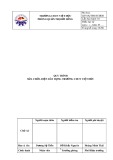
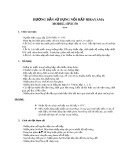


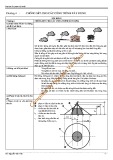
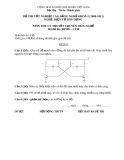
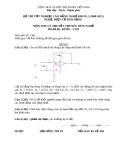
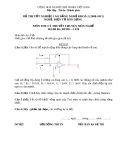
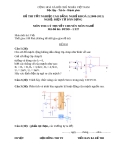
![Bài giảng Nhập môn Kỹ thuật điện [chuẩn nhất]](https://cdn.tailieu.vn/images/document/thumbnail/2025/20251208/nguyendoangiabao365@gmail.com/135x160/60591765176011.jpg)











![Bài giảng Cảm biến và ứng dụng: Chương 1 - Các khái niệm và đặc trưng cơ bản [Chuẩn SEO]](https://cdn.tailieu.vn/images/document/thumbnail/2025/20251204/kimphuong1001/135x160/51101764832169.jpg)


